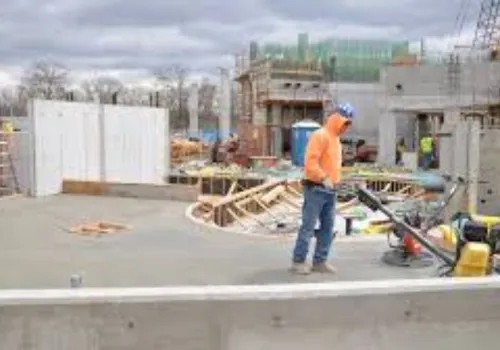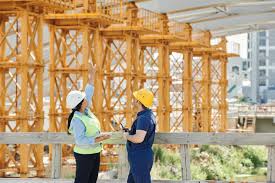
As sustainability continues to transform industries, the construction sector is embracing eco-friendly practices to reduce environmental impact while future-proofing projects. Developers, contractors, and architects are increasingly adopting sustainable construction strategies, such as mass timber, low-carbon concrete, and adaptive reuse, to benefit both the environment and the bottom line. JE Dunn is leading the charge on projects like South Loop and the KC Streetcar extension, which are making Kansas City a leader in sustainability.
Here are three key sustainable construction considerations for your next project in Kansas City:
Mass timber is gaining popularity as an eco-friendly alternative to concrete and steel, offering a renewable option that sequesters carbon dioxide. This material not only helps reduce a project’s carbon footprint but also enhances occupant well-being through biophilic design, connecting them to nature.

Concrete contributes heavily to global carbon emissions due to cement production. Low-carbon concrete reduces emissions by substituting cement with sustainable materials like fly ash or slag, preserving the material’s strength while minimizing its environmental impact.

JE Dunn utilized low-carbon concrete on projects like the Portland International Airport and the Kansas City Zoo & Aquarium Sobela Ocean Aquarium.
Repurposing existing structures through adaptive reuse is one of the most sustainable construction practices, reducing waste and conserving resources.
Kansas City is already embracing adaptive reuse, especially in areas like the West Bottoms, where old warehouses are being transformed into offices and apartments.
Sustainability is becoming increasingly essential in Kansas City’s construction landscape. Local building codes are evolving to encourage energy-efficient, eco-friendly practices. By embracing these changes now, developers are better positioned to meet future regulatory requirements.
Sustainability is also a key consideration for tenants and buyers. As environmental awareness grows, properties with sustainable features are more attractive to the younger generation, helping developers meet market demands while reducing operational costs.
Sustainable construction is a necessary step towards building a greener and more competitive future. By incorporating mass timber, low-carbon concrete, and adaptive reuse into your next project, you can lead Kansas City's growing green building movement while benefiting economically. Sustainability not only reduces environmental impact but also boosts long-term value, positioning you ahead of the competition.
Originally reported by Kansas City Business Journal.